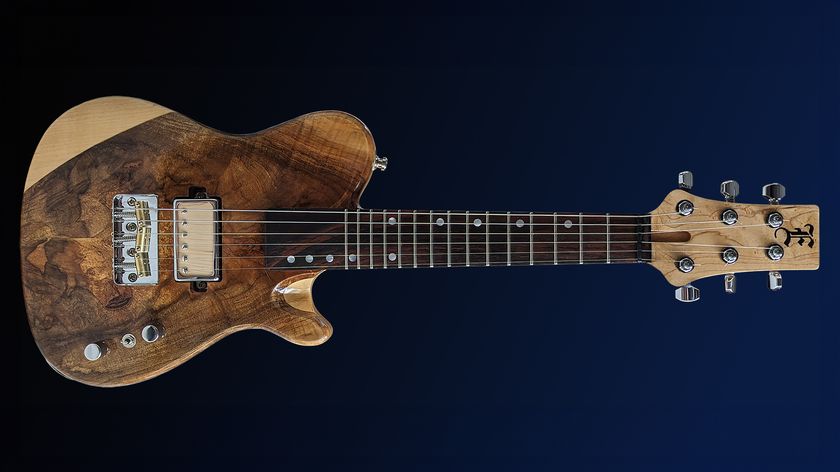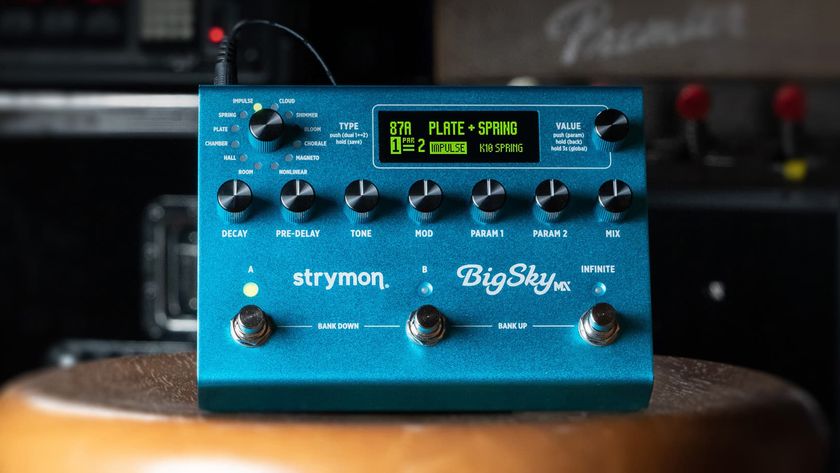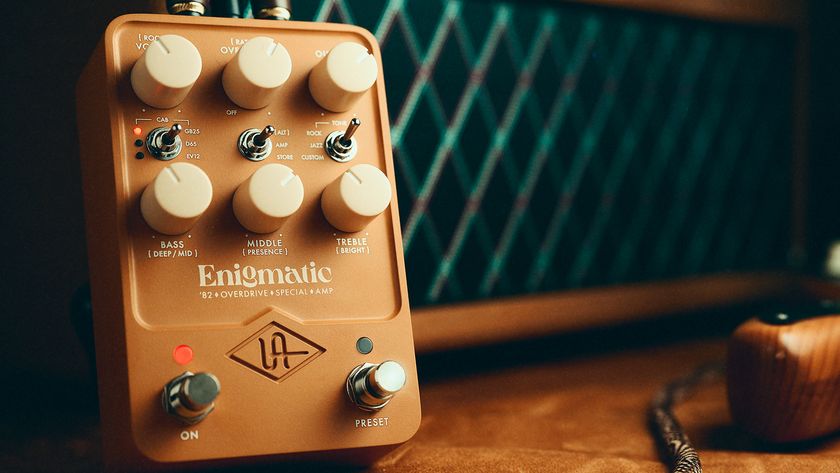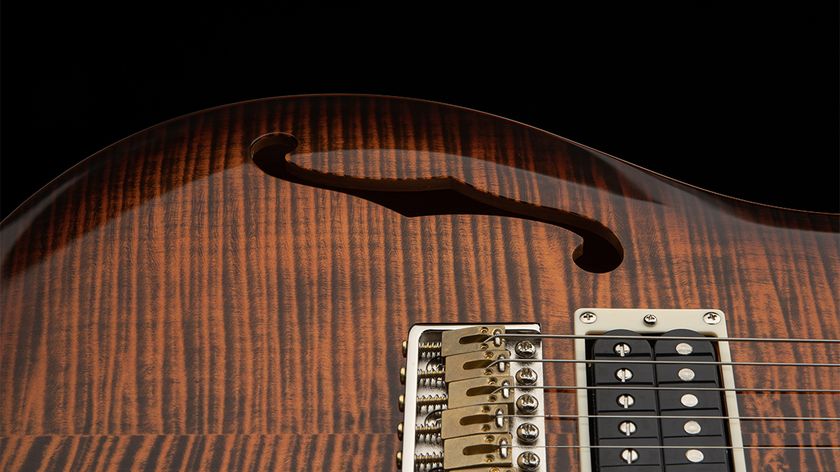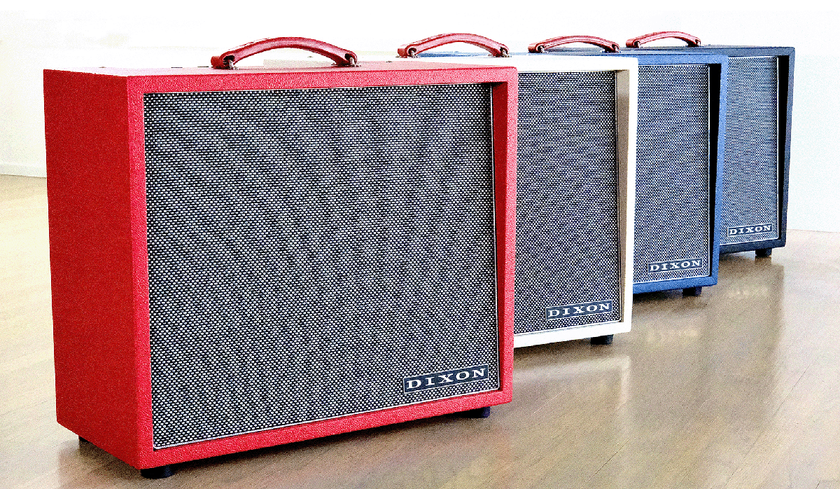GuitarPlayer Verdict
If you play any kind of roots/Americana music, the Falcon and Killer V are both deserving of your hard-earned scratch.
Pros
- +
Terrific touch dynamics and guitar volume response
- +
Magnatone amp- and vibrato-style tones (Killer V)
- +
Authentic tweed and brownface tones (Falcon)
Cons
- -
None
You can trust Guitar Player.
There’s nothing like poring over gear pages and videos to get one day-dreaming about vintage instruments and tube amps. Coming up with the cash for the collectible stuff, or even the boutique equivalents, can be challenging in the best of times, but fear not, Crazy Tube Circuits has a solution in a pair of affordable pedals that use JFET technology to emulate the overdriven and clean sounds in some of the most desirable amplifiers ever produced.
Falcon
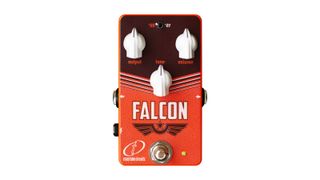
Having first built a custom amp designed to morph between the sounds of a 5E3 tweed Deluxe and a 6G2 brownface Princeton, Crazy Tubes decided to design those sounds into a pedal. If you love the exploding amp tones of Neil Young and/or Daniel Lanois, the ’55 side of the Falcon is for you. Plugging in a Les Paul with P-90s, clicking the toggle switch left and cranking the volume knob produced classic Fender tweed overdrive sounds, even through a Fender Blues Junior. There is nothing pristine here: The low end is far from tight and the high end is raw and ragged. It is a sound you either love or don’t.
If you have ever heard Lanois play, you know he can greatly vary the amount of drive with just his touch and guitar volume. Like Lanois’ tweed, the Falcon cleans up beautifully when you play lighter or back off your electric guitar volume, and turning down the pedal’s volume knob also makes the sound more polite, yet still rife with tweed character.
Clicking the toggle right engaged the ’61 brown Princeton side. The Fender version of “the brown sound” is often described as sitting between the roughness of the tweed years and the smoother, scooped sound of the blackface models. That accurately describes the Falcon brown version as well. There was less breakup on tap, and the low end was more focused. The response to picking dynamics remained fantastic.
Killer V
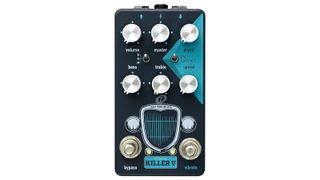
This pedal was inspired by Magnatone amplifiers of the ’50s and ’60s with a true pitch-shifting vibrato circuit. Those amps and their vibrato helped shape signature sounds for Lonnie Mack and Robert Ward. The Killer V uses an all-analog LFO to drive two discrete phase-shift modulation stages and create a pitch-modulation effect. As with most of the originals, you can run the modulated signal alone for a vibrato effect or add the dry signal for phaser/Uni-Vibe sounds. The basic drive level is closer to that of the Falcon’s ’61 than its ’55 setting, but you can go under the Killer V’s hood to increase the gain. A surface three-way toggle lets you voice the emulation to Bright, Normal, or Mellow.
The Killer V’s drive is a unique form of grit that screams rock and roll, but its vibrato is the true selling point here. The purely modulated setting served up a useful, spooky warble that stopped well short of nausea inducing, and adding the dry signal produced a rich, inspiring vibe. With the gain turned low, this setting conjured visions of Ry Cooder, a sound that was hard to put down.
Either of these pedals can add cool vintage character and drive to your pedal platform amp. And unlike the originals, they can do this at any volume. As another plus, the Falcon and Killer V respond beautifully when driven by boost, overdrive and fuzz pedals, just like a real amp. If you play any kind of roots/Americana music, the Falcon and Killer V are both deserving of your hard-earned scratch.
Specifications:
- FALCON CONTROLS Volume, output, tone, 59/61 toggle
- KILLER V CONTROLS Volume, master, bass, treble, depth, speed. Switches for voice and wet/dry-wet
- BUILT Greece
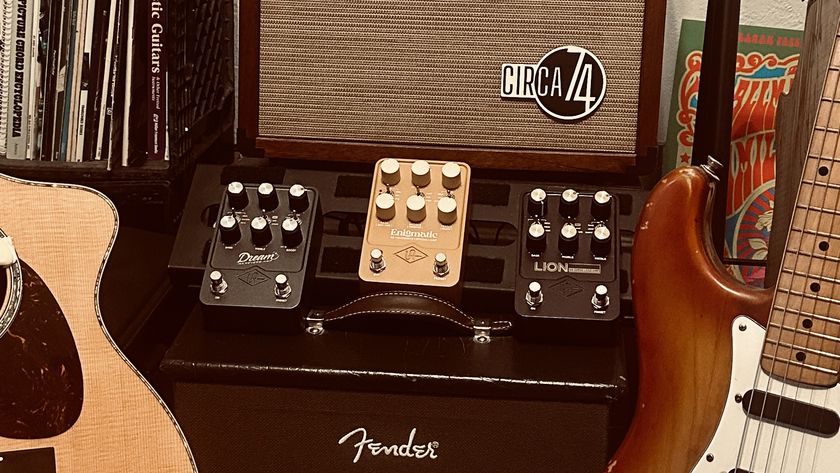
"Let’s take acoustic-electric amplification to its ultimate realization." How to make an acoustic amp shimmer like a vintage Fender, smolder like a Dumble or scream like a Marshall
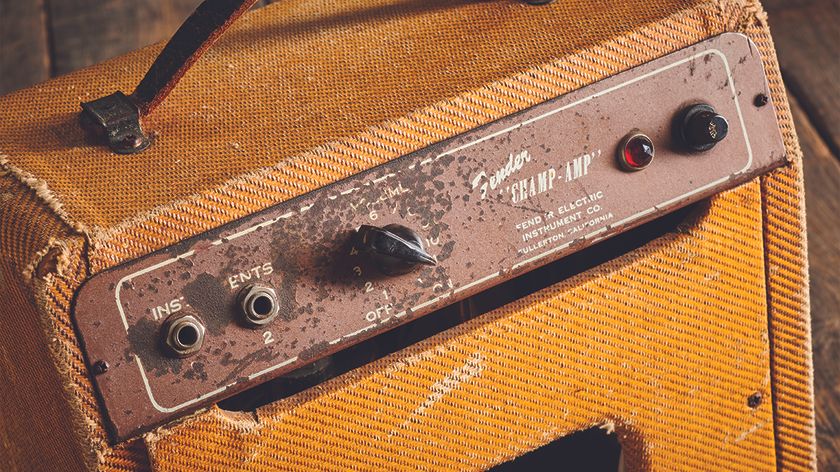
“After 76 years, it’s still considered a monster tone machine.” Leo Fender got it right in 1948 with an amp he created for lap-steel guitar players


